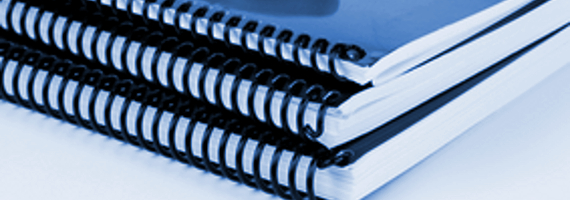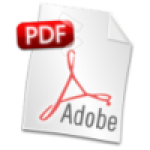Finding MIMO
Tutorial on MIMO (multiple input/multiple output) techniques and how they differ from other multiple access strategies. Charan Langton's tutorials are excellent resources for learning complex communications concepts. The bibliography at the end provides a good starting point for further research as well.
- Read more about Finding MIMO
- Log in to post comments

